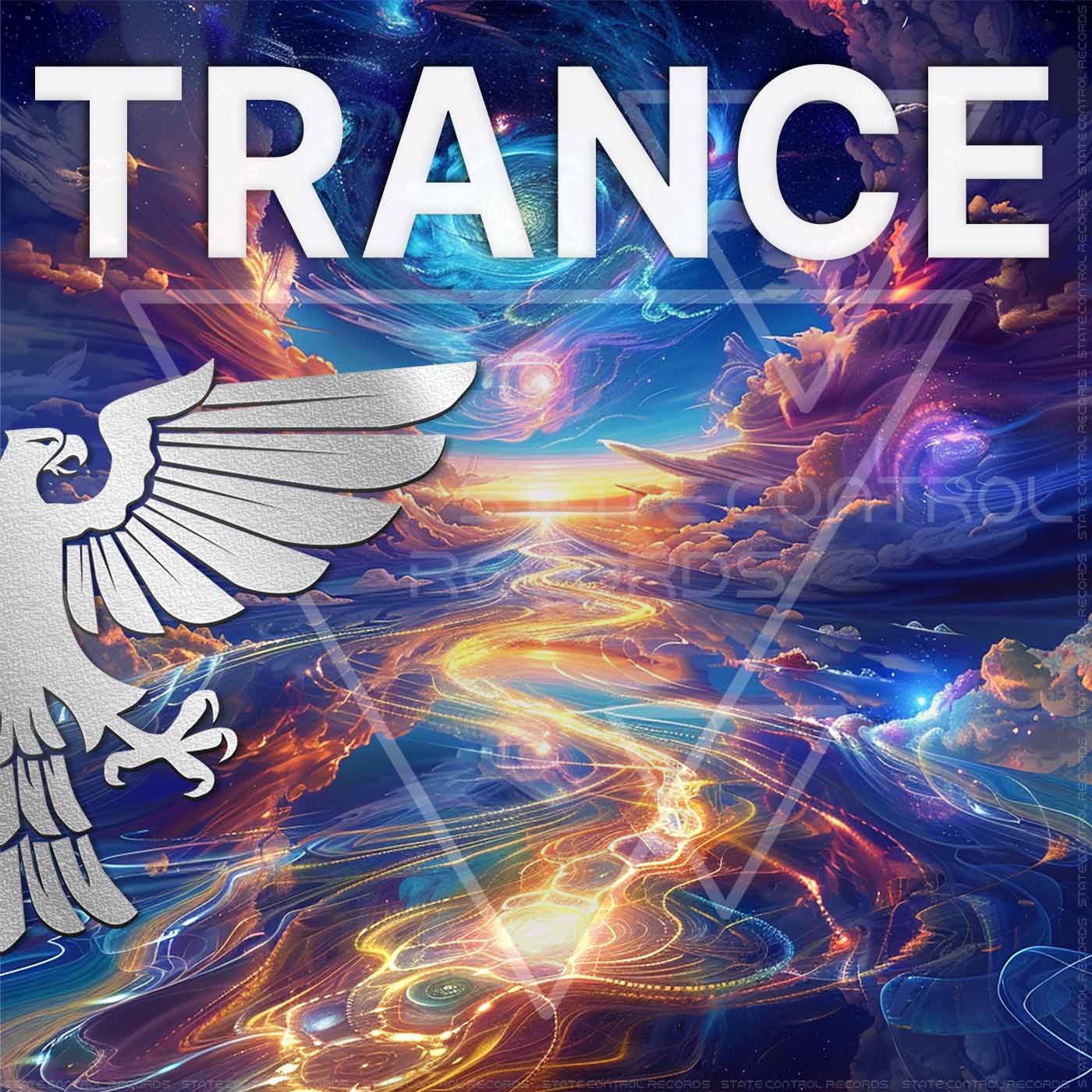
The Ultimate Exploration of Trance Music
The Ultimate Exploration of Trance Music: A Journey Through Sound and Emotion
Dive into the enchanting world of trance music. Understand its origins, evolution, and impact on the global music scene. Discover the artists, subgenres, and festivals that define this mesmerizing genre.
Trance music, a genre that transcends mere sound waves to evoke deep emotions and induce a state of euphoria, has captivated the hearts of millions worldwide. Its repetitive melodic phrases and progressive builds create an immersive experience, offering listeners an escape into a world of heightened sensations and pure, unadulterated emotion. This article embarks on an ultimate exploration of trance music, unraveling its origins, evolution, subgenres, and the global community it has nurtured.
Origins and Evolution of Trance Music
Trance music’s roots can be traced back to the late 1980s in Germany, where it emerged as an offshoot of techno and house music. The genre quickly spread across Europe, finding strong footholds in the United Kingdom, Netherlands, and Belgium. Unlike its electronic predecessors, trance music focused on melody and atmosphere, weaving intricate soundscapes that transported listeners to another dimension.
As the genre evolved, it splintered into various subgenres, each with its unique sound and emotional depth. From the uplifting melodies of progressive trance to the intense rhythms of psychedelic trance, the diversity within the genre speaks to its ability to adapt and grow, reflecting the changing tastes and cultural influences of its global audience.
The Sound and Structure of Trance Music
At its core, trance music is characterized by a tempo ranging from 130 to 160 BPM, featuring a 4/4 time signature. The structure of a trance track is designed to build up gradually, creating tension through repetitive melodic phrases before reaching a climax. This is followed by a breakdown that allows for a moment of reflection before building up once again, often leading to a powerful emotional release.
Instruments and technology play a critical role in creating the distinctive sound of trance music. Synthesizers, drum machines, and computer software allow producers to craft complex layers of sound, from ethereal pads and swirling arpeggios to pulsating basslines and rhythmic drum patterns.
Subgenres of Trance Music
The diversity within trance music is one of its most compelling aspects, offering something for every listener. Progressive trance focuses on lush, evolving soundscapes and intricate melodies. Uplifting trance, with its emotive melodies and higher BPM, aims to inspire a sense of euphoria and transcendence. Psychedelic trance, often characterized by faster tempos and complex, layered sounds, draws on influences from psychedelic culture, offering listeners a deeply immersive experience.
Vocal trance incorporates lyrics and human voices, adding a personal touch to the electronic backdrop, while tech-trance blends elements of techno with the melodic style of trance, creating a darker, more driving sound.
Trance Music Festivals and Events
Trance music is not just a genre; it’s a global community, with festivals and events acting as the beating heart of this vibrant culture. From the sun-soaked shores of Ibiza to the expansive fields of Tomorrowland, trance festivals offer fans a place to come together, celebrate their love for the music, and experience the unity that only trance can bring.
Events like A State of Trance (ASOT), hosted by Armin van Buuren, and Dreamstate by Insomniac, have become annual pilgrimages for trance enthusiasts, showcasing the genre’s biggest names and its rising stars.
Influential Artists in Trance Music
The evolution of trance music can be charted through the careers of its most influential artists. Pioneers like Paul van Dyk, Tiësto, and Armin van Buuren have played a pivotal role in bringing trance to a global audience, constantly pushing the boundaries of what the genre can be. Emerging artists and producers continue to innovate, ensuring that trance remains at the cutting edge of electronic music.
The Cultural Impact of Trance Music
Trance music’s impact extends far beyond the dance floor. It has fostered a unique culture, one that values unity, peace, and a shared emotional experience. The genre’s global appeal has led to the formation of a tightly-knit community, connected by a love for the music and its ability to transcend language, culture, and geographical boundaries.
In recent years, the therapeutic potential of trance music has begun to be explored, with studies suggesting that its rhythmic patterns and melodies can have positive effects on mental health, reducing anxiety and enhancing overall well-being.
Creating Trance Music: An Art and Science
Producing trance music is both an art and a science, requiring a deep understanding of music theory, sound design, and audio engineering. Aspiring producers must master the use of synthesizers, sequencers, and digital audio workstations (DAWs) to create the genre’s signature sounds. The process of creating a trance track is a journey in itself, one that mirrors the emotional journeys the music aims to evoke in its listeners.
The Future of Trance Music
As we look to the future, trance music continues to evolve, embracing new technologies and influences while staying true to its emotional core. The rise of streaming platforms and social media has allowed the genre to reach new audiences, ensuring that the trance community continues to grow and thrive.
The enduring appeal of trance music lies in its ability to connect people, transcending the ordinary to touch something deeper within. As long as there are listeners in search of emotional depth and transcendent experiences, trance music will continue to evolve, inspire, and endure.
Conclusion: The Enduring Legacy of Trance Music
Trance music is more than just a genre; it’s a global phenomenon that unites people across the world through a shared love of music and its power to evoke deep emotional responses. Its rich history, diverse subgenres, and vibrant community ensure that trance will continue to inspire and enchant for generations to come. As we look to the future, the legacy of trance music is secure, its place in the pantheon of electronic music firmly established. The journey of trance is an ongoing saga of innovation, community, and the universal language of music.



